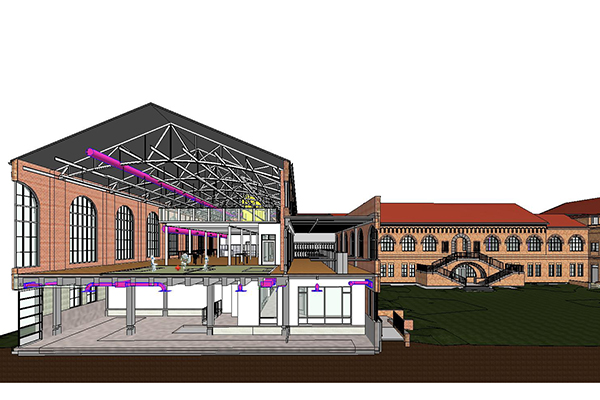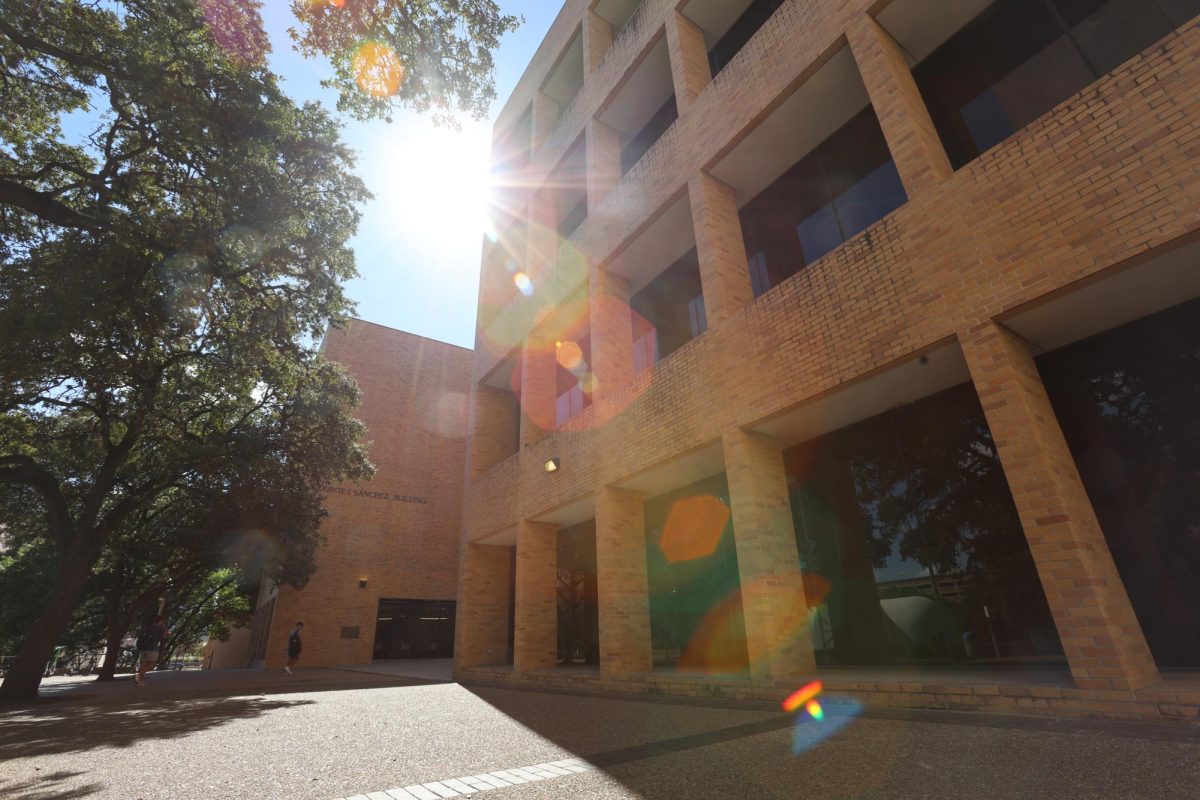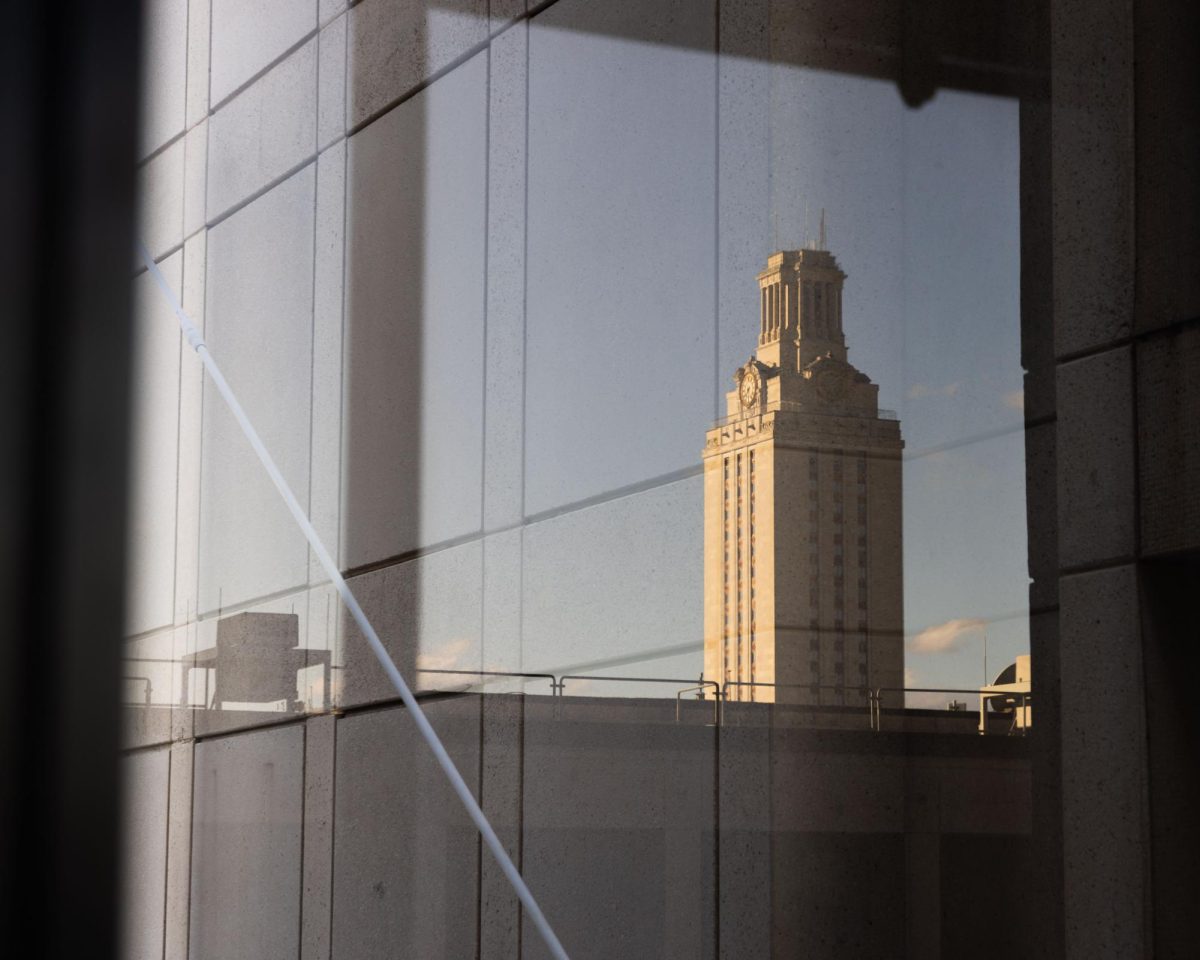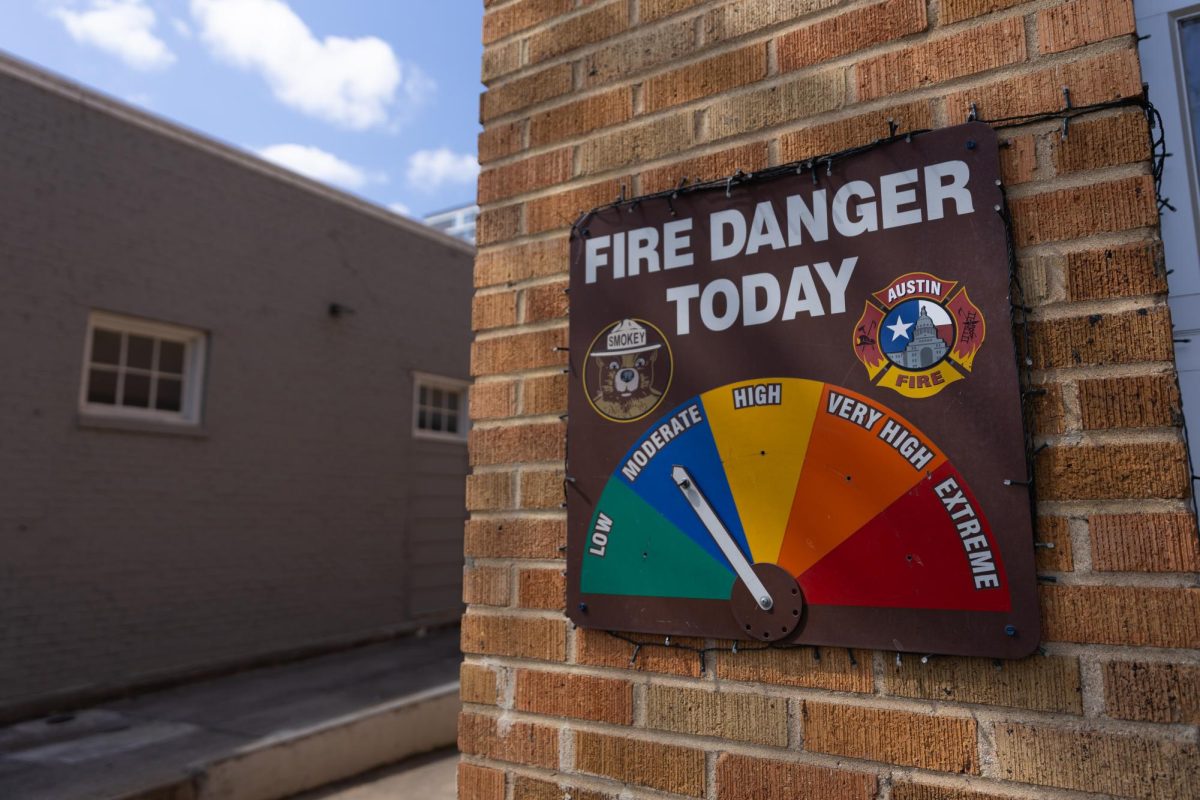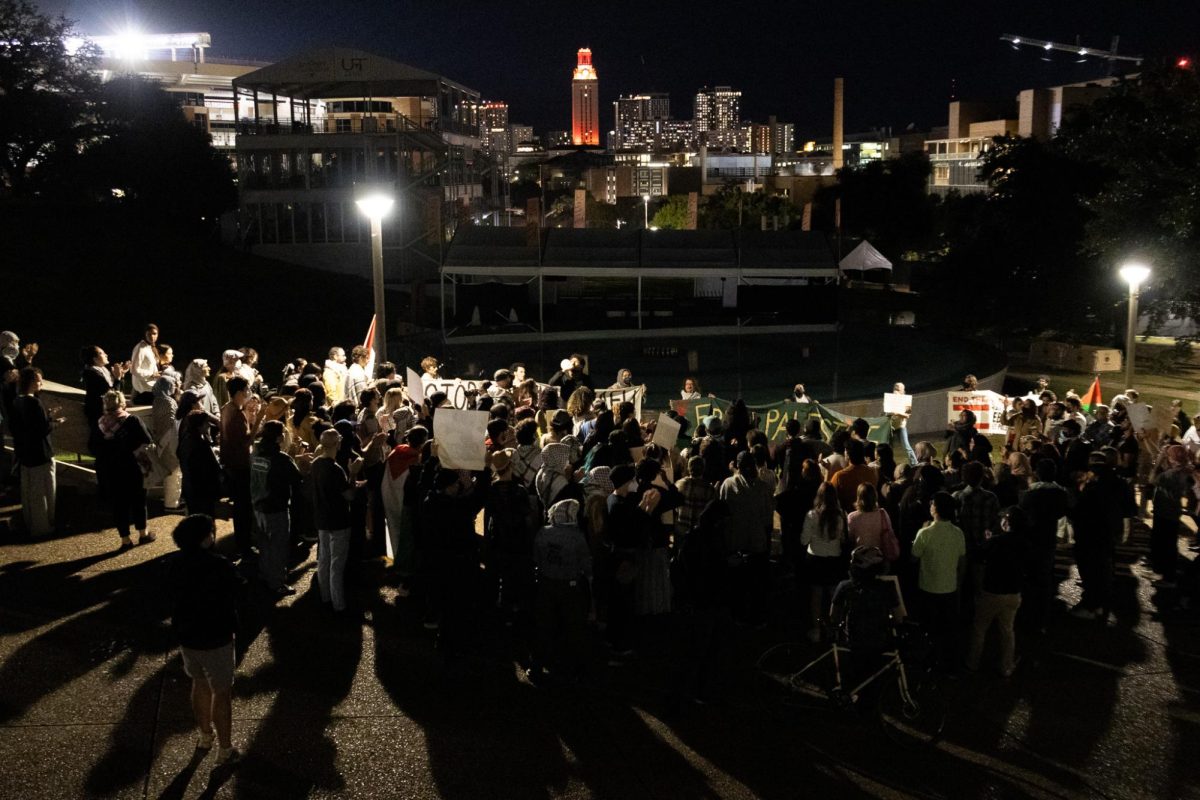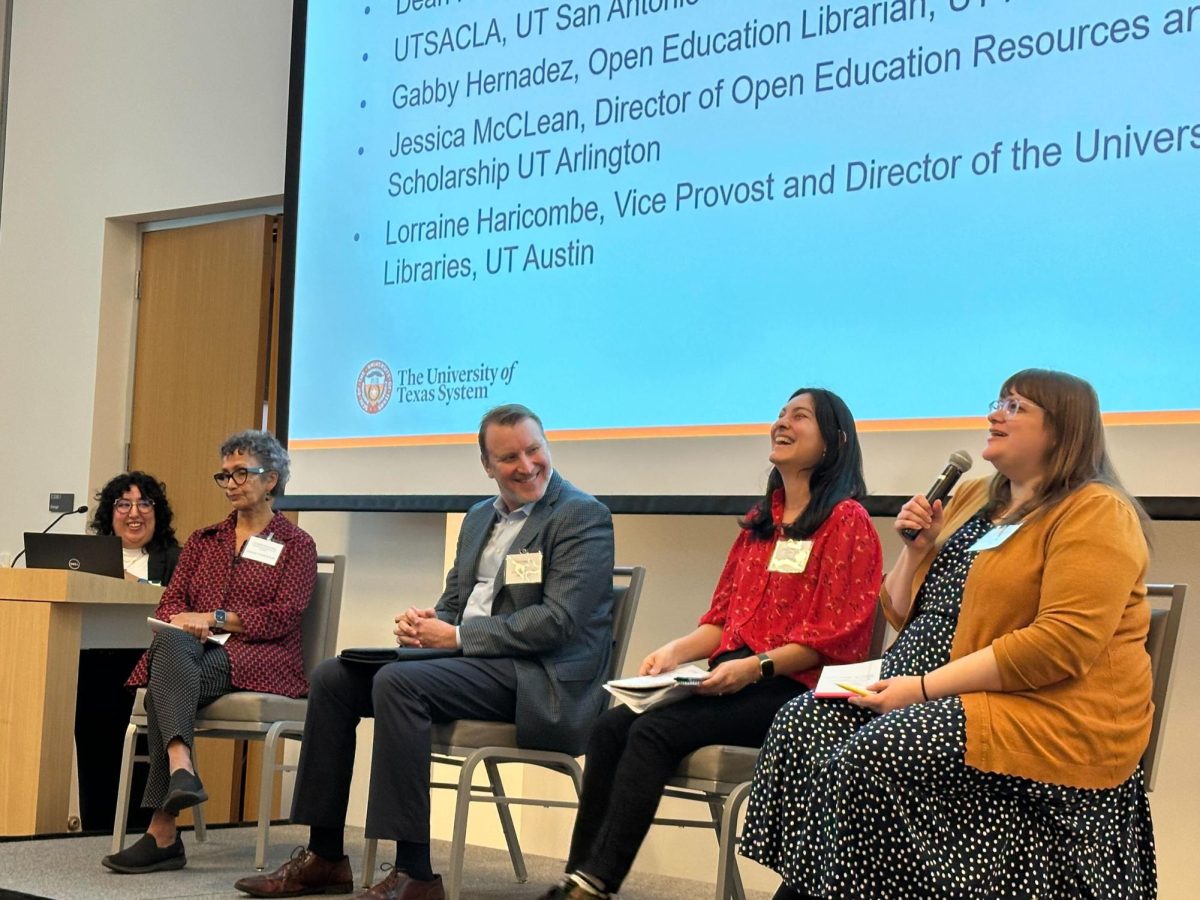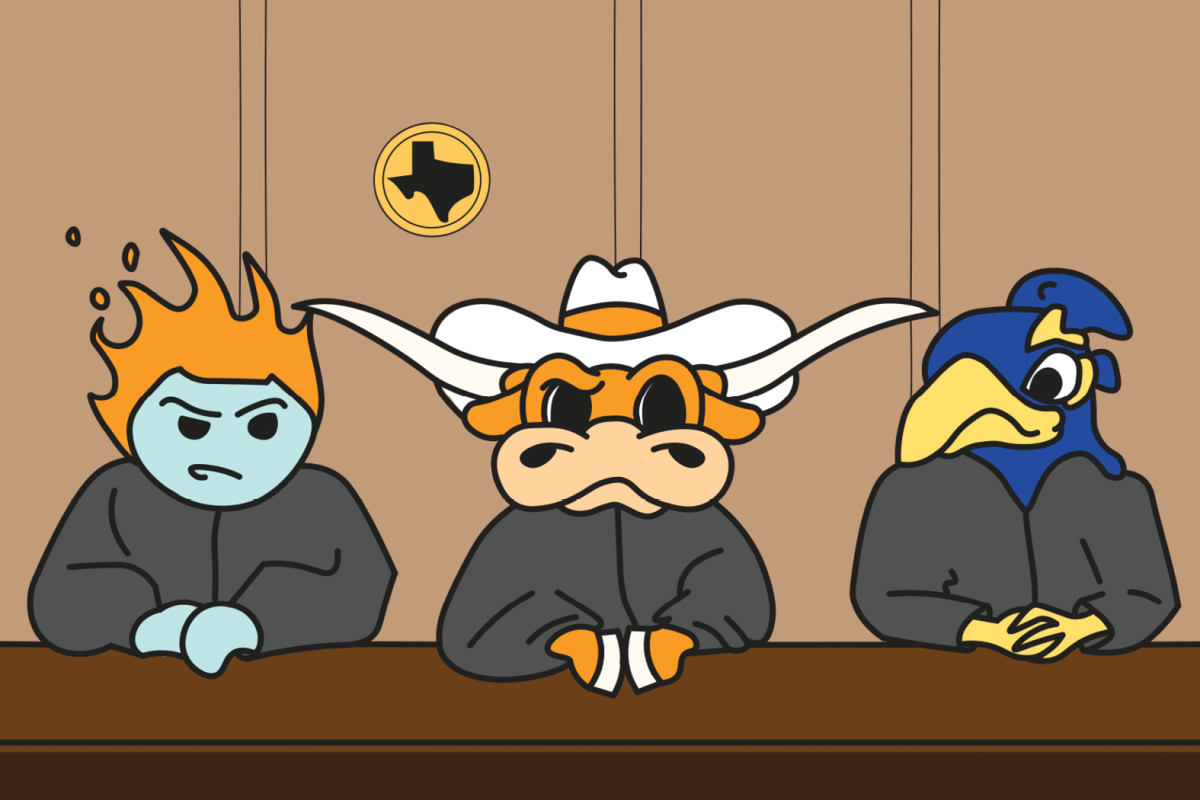The University received $24.5 million from the UT System Board of Regents on Aug. 15 to convert the Anna Hiss Gymnasium into a robotics research space by spring 2021.
As part of The UT Board of Regents’ partnership with Army Futures Command, the board allocated funding for the 88-year-old building during its meeting. University President Gregory Fenves presented the building design and final budget to the Facilities Planning and Construction Committee and said the funding would support research and academic programs for engineering, computer science and fine arts.
Fenves also said the space would be used by the Army Futures Command modernization program, which will continue to develop robotic, positioning and navigational technologies.
“It will be a truly immersive environment for cross-functional teams connecting our academic programs with the Army’s subject matter experts, modernization initiative and partners who can take new technology to the commercial market space,” Fenves said during the meeting. “Faculty and students will bring research skills to bear on key problems the Army must solve, and the space will allow teams to produce and test prototypes faster.”
Mike Carmagnola, director of Project Management and Construction Services, said the 55,240-square-foot space will open in three phases. The south wing will open in May 2020 for the robotics program’s use, and the north and west wings, opening in May 2021, will be shared by both the robotics and fine arts programs. The space will feature large open spaces, several conference rooms, laboratories and increased electrical capacity and air conditioning.
“It is one of those projects that you talk about for your entire career,” Carmagnola said. “If you think about it, a 1930s building is going to be repurposed for a 2020 robotics program. I mean, that is pretty cool.”
Justin Hart, computer science assistant professor, provided input for the space’s design as the assistant director of the Robotics Consortium, a group of cross-disciplinary professors and graduate students collaborating on several robotics projects.
Hart is currently conducting research on artificial intelligence and service robots, and he plans to create a simulated apartment unit and plastic, metal and woodworking shops in the renovated gym. Hart said robots and drones will be able to roam freely across the building as teams from all fields of engineering and technology improve their navigational skills.
“The idea of Robotics Consortium is to provide a structure for us to collaborate at a higher frequency, so we are able to do bigger projects that span multiple departments and leverage the expertise of those professors,” Hart said. “It is natural that when you form a group like that you would give them a physical home to meet in.”
Hart has been working with several students in a section of the gym that is finished being renovated and open to the department. Computer science senior Stone Tejeda, who is one of the students working with Hart, said he is looking forward to collaborating with other disciplines.
“It will be nice to be sharing the space with more robotics labs,” Tejeda said. “We are kind of isolated. There are folks in the (engineering building) that do robotics and aerospace folks that do robotics. It will be nice to be neighbors because then we can have active conversations about the collaborations.”

